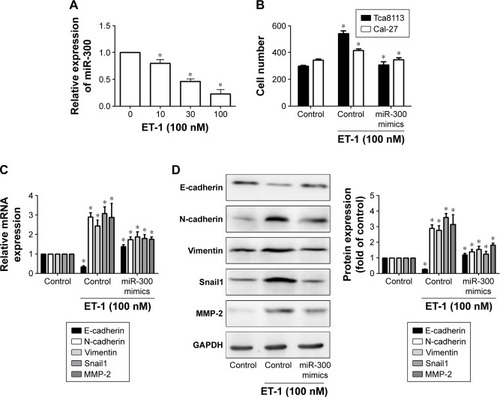Figures & data
Figure 1 The expression of miR-300 in OSCC tissues and cells.
Abbreviation: OSCC, oral squamous cell carcinoma.
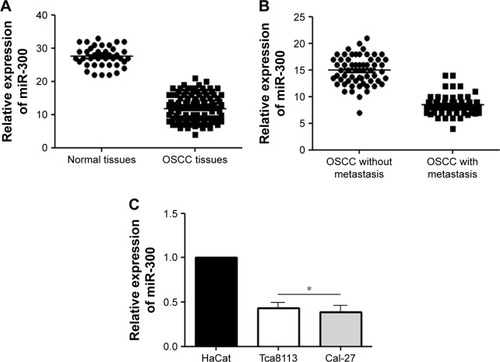
Table 1 The relationship between miR-300 and the clinicopathologic characteristics in OSCC patients
Table 2 Univariate and multivariate Cox proportional hazards model for OS and DFS in OSCC patients
Figure 2 The prognostic value of miR-300 in OSCC.
Abbreviation: OSCC, oral squamous cell carcinoma.
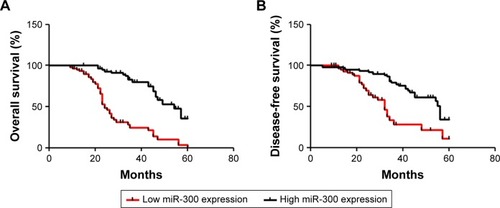
Figure 3 miR-300 inhibits the proliferation and invasion abilities.
Abbreviations: PCR, polymerase chain reaction; NC, negative control.
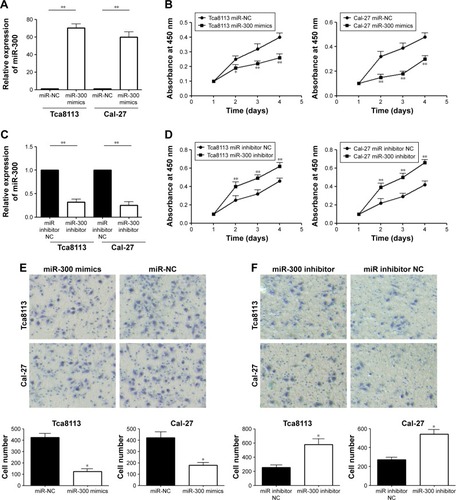
Figure 4 miR-300 inhibits the EMT of OSCC cells.
Abbreviations: EMT, epithelial–mesenchymal transition; OSCC, oral squamous cell carcinoma; NC, negative control.
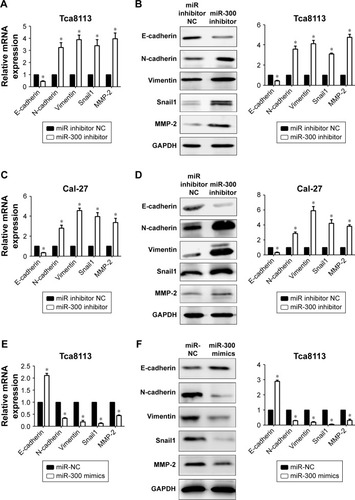
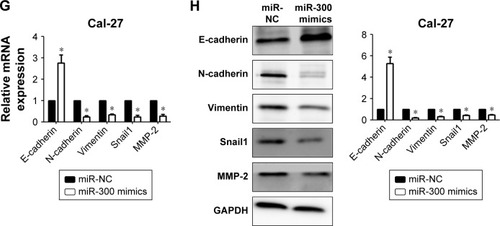
Figure 5 ET-1 promotes cell migration and EMT expression by downregulating miR-300 expression in OSCC cells.
Abbreviations: EMT, epithelial–mesenchymal transition; ET-1, endothelin-1; OSCC, oral squamous cell carcinoma; RT-qPCR, reverse transcription-quantitative polymerase chain reaction.
